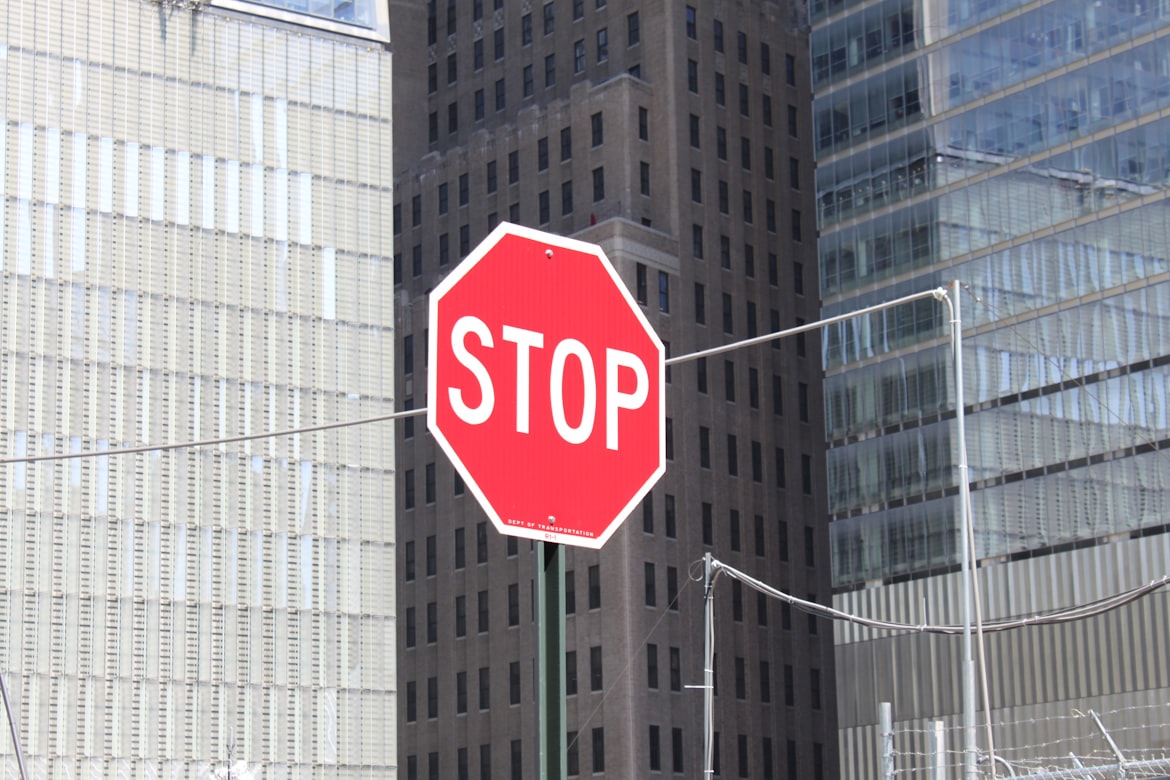Discovering asbestos in your commercial property can be alarming, but knowing what steps to take is critical to ensure safety, compliance, and peace of mind. At Global Asbestos Audits, we help commercial property owners and managers navigate the complex world of asbestos management, from assessment to asbestos clearance.
Step 1: Stop And Assess: Conduct a Professional Asbestos Assessment and Inspection
If you suspect or have confirmed the presence of asbestos-containing materials (ACMs), the first step is a professional asbestos assessment. This involves:
- Visual inspections or more intrusive inspections to locate potential ACMs
- Sampling and laboratory testing to confirm the presence of asbestos
- Identifying the type and condition of the asbestos
Professional inspections ensure that you have a clear understanding of the risks, as disturbing asbestos accidentally can release harmful fibres into the air. Global Asbestos Audits provides comprehensive assessments tailored to commercial properties, ensuring nothing is overlooked.
Step 2: Document Findings and Maintain an Asbestos Register

Once ACMs are identified, proper documentation is essential. Under Australian regulations, commercial property owners must maintain an asbestos register, detailing:
- Location and type of ACMs
- Condition of the materials
- Risk assessment and management plan
- Dates of inspections and assessments
An up-to-date asbestos register is critical for legal compliance, tenant safety, and future renovations or maintenance work. Global Asbestos Audits can prepare and maintain detailed registers for your property, keeping you fully compliant.
Step 3: Understand Legal Requirements
Australian law requires property owners and managers to manage asbestos safely. Key legal obligations include:
- Ensuring ACMs are identified and documented
- Implementing control measures to prevent disturbance
- Hiring licensed asbestos removalists for any required asbestos clearance
- Providing workers and tenants with information about potential asbestos hazards
Failing to comply with these obligations can result in severe penalties, workplace incidents, and legal liabilities. Global Asbestos Audits acts as a trusted partner, guiding commercial property owners through all relevant legal requirements.
Step 4: When Asbestos Needs to Be Cleared

Not all asbestos-containing materials require removal. Situations where asbestos clearance is necessary include:
- Damaged or deteriorating ACMs that may release fibres
- Renovations, refurbishments, or demolition work where ACMs will be disturbed
- High-risk locations such as ceiling insulation, pipe lagging, or textured coatings
Removal must always be conducted by a licensed asbestos removalist, following strict safety protocols. Global Asbestos Audits coordinates and oversees asbestos clearance to ensure compliance and minimise risk.
When ACMs Can Remain in Place
In some cases, ACMs can be safely left in place if they are undisturbed and in good condition. Safety measures may include:
- Regular inspections to monitor material condition
- Encapsulation or sealing to prevent fibre release
- Clear signage and tenant communication
Determining whether ACMs can be safely retained requires a professional assessment. Global Asbestos Audits provides expert guidance, helping you balance safety, cost, and compliance.
Engaging Global Asbestos Audits for Commercial Property Compliance
Managing asbestos in commercial properties is a complex responsibility for landlords and property managers. From asbestos assessments and inspections to documentation, asbestos registers, and clearance, working with a trusted expert is essential.
At Global Asbestos Audits, we provide commercial property owners with end-to-end asbestos management solutions, ensuring safety, compliance, and peace of mind.
If you’ve found asbestos in your property, don’t leave it to chance. Contact Global Asbestos Audits today for professional asbestos clearance and management.

